Today, the managed service business model presents a very big opportunity, one that enables value-added resellers (VARs) and system integrators to offset shrinking margins on product sales and to address increased customer demand for outsourced IT services. However, end-user anxiety, reseller uncertainty, and at times the lack of experience with certain technologies are preventing businesses from taking full advantages of the opportunity which is becoming costly for small businesses looking to grow but don’t have the IT expertise. Further, as technologies continue to evolve with increasing rapidity, the option to explore and test different solutions is a true benefit to small businesses.
At the most basic level, Managed Service Providers (MSP) primary benefit to the customer is third-party monitoring and maintenance, which is designed to prevent unexpected interruptions in system availability. This increases system uptime, which ultimately increases employee productivity and therefore company profitability. A valuable item for clients looking to get Managed Services is the further return to forestall problems that can be discovered early by MSPs and fixed rather than relying on employees to state a problem and the business trying to fix in real-time of operation.
As we get deeper into what an MSP truly does, beyond the stated valuables above, we see that MSP as becoming more and more valuable as businesses look to test and incorporated more sophisticated services. As technology has become increasingly embedded with business functions (for example, electronic medical records (EMR)), the MSP’s functions have also become more intrinsic to the customer’s business. So the MSP isn’t just keeping the systems up and running for the business; the MSP may be running the EMR application that the business needs as a fast operational level that is suited and ready to grow simultaneously with the business.
The evolution from hardware to virtualised servers to cloud-based services is happening so quickly that watching changes is almost like watching real clouds-right before your eyes, they change shapes, move across the sky, morph from a shape that looks like a ship to one that looks like a rocket. Many companies are blending multiple modes of delivery into their service offerings.
Why would I need Managed Services for my business?
Remember DOS, punch-tape back-ups, dump desk-top terminals connected to a room-sized mainframe, and IT services departments that consisted of a technicianian or two who scolded individual users for taking up too much memory by failing to empty their files frequently enough? Distant as hey gt sem, those days are only a few decades – not eons – In the past.
Comparing today’s computing power, storage capacity and software sophistication o those early days is like comparing cosmonaut Yuri Gargarin’s 108-minute orbit of Earth to the creation of the International Space Station. Goals, technology, funding, policies and politics have all changes so much, It’s almost impossible to comprehend that one event led eventually to the other. Just as the world of space exploration has evolved from an individual rocket carrying one man into space for less than two hours, the world of technology has developed into a universe of it’s own, demanding fleets of experts to not only maintain the systems but to exploit them to full advantage. That’s why companies need managed services.
Key places Managed Services helps businesses:
- Business Complexity – Technology is a foundation layer of operations, regardless of the type of business. Every business function – whether billing, record-keeping, payroll or resource management – is dependent on technology.
- Erosion – The half-time of today’s new technology is ever-shrinking. In other words, the IT system installed today loses value almost as quickly as a new car driven off the sales lot. Technology morphs so quickly and to keep up you either need an MSP which specialises in learning new solutions or you have to put up business resources for research & development, including testing.
- Accessibility – Technology and business functions have become ever more enmeshed, modes of access are rapidly evolving. Technology is no longer tethered to a desk – or even a computer.
- Regulatory compliance – being on top of the OAIC regulatory requirements of data, understanding APP and not only the vast Australian governmental data laws but also industry specific laws such as 7-year data retention for financial institutions.
- Financial Consideration – Saving money is another major reason companies turn to managed services. you not only get all the above benefits but you also SAVE MONEY; freeing up staff to focus on revenue-generating activities, gaining access to the newest technologies and improving security. Hardware, maintenance, continual certification of staff for new technologies and compliance mandates make keeping up with technological change incredibly expensive. This is a key area that MSPs assist in.
The ever-changing computing climate has increased in the complexity of the technology universe, including rapid development of new mobile devices and applications which can quickly erode the relevance of some businesses current technology that may cost more. MSPs should show the desire to save money by transforming the capital expenditures (CapEX) into operating expenses (OpEX), which will also provide more flexibility for nimble system upgrade.
So when looking at Managed Services understand that at bare-minimum your provider should know your systems, be able to manage and maintain it on a regular basis for a monthly fee with monthly reporting however, they must give you the other value adds and if they are not I would say consider other MSPs or just contact us.
Hope this has been insightful enough and if you have things to add or have any questions please feel free to contact me.
Continue the conversation on our socials:
Other Articles You May Enjoy:


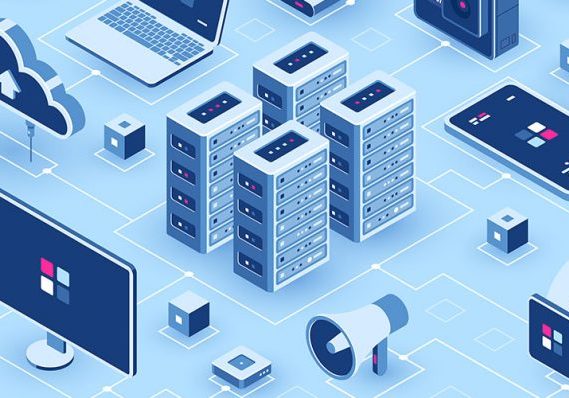






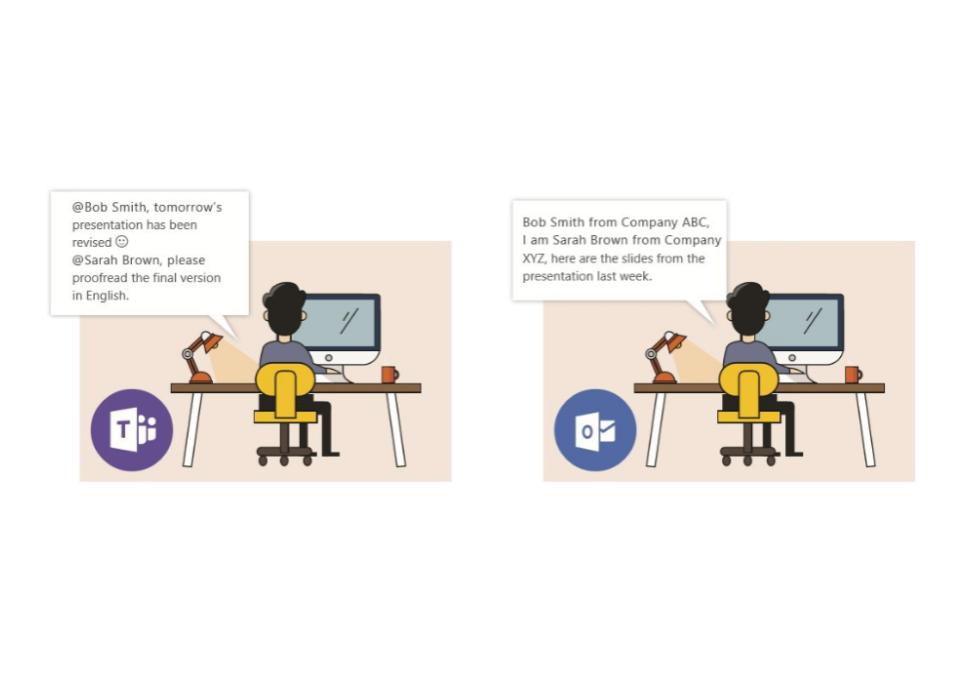
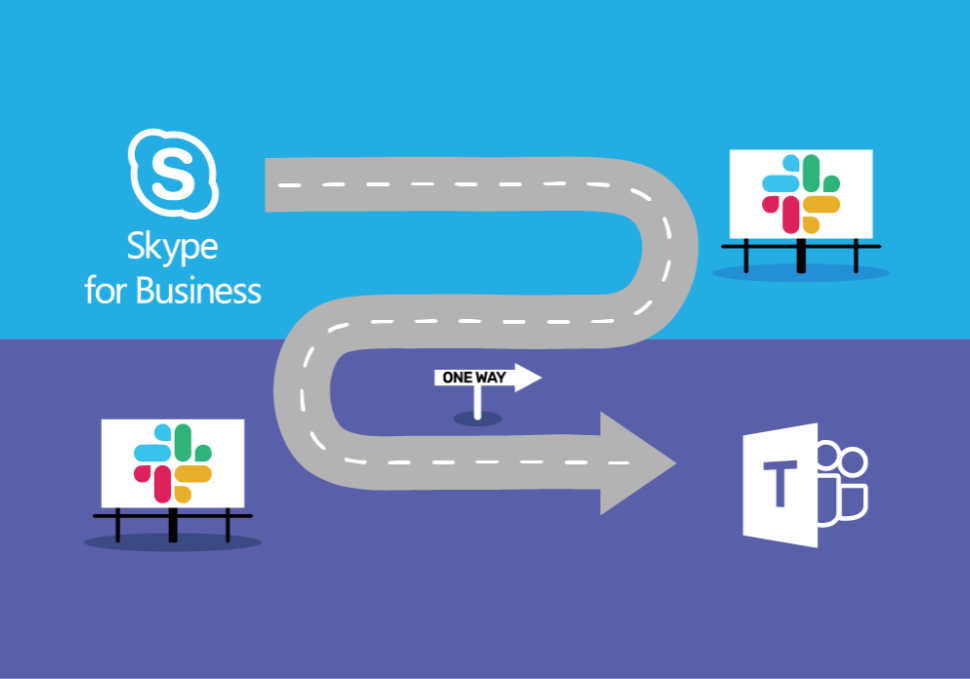

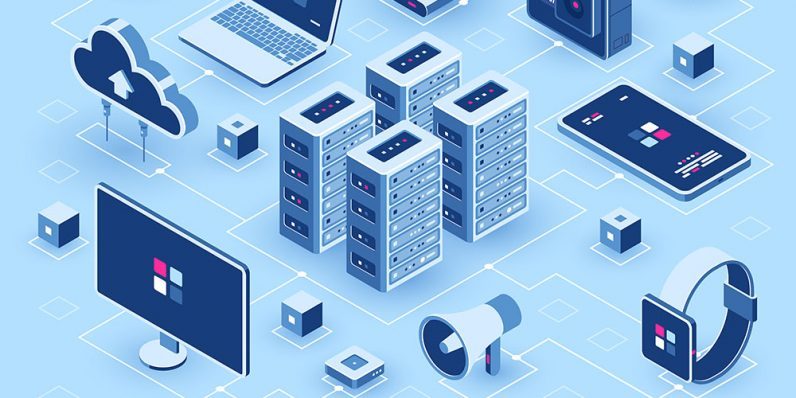



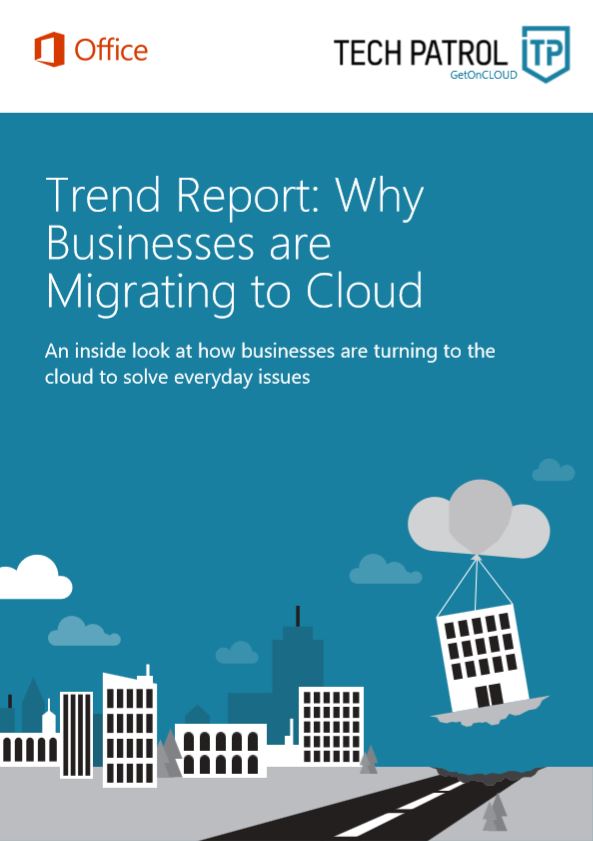
Share your thoughts in the Comments section: